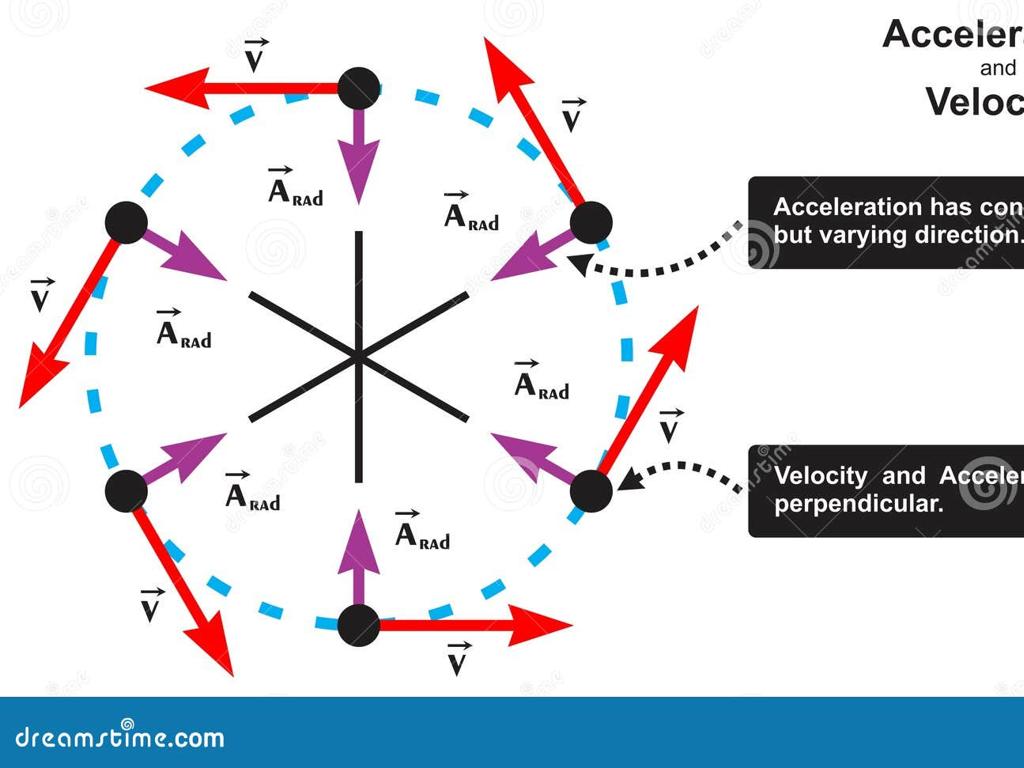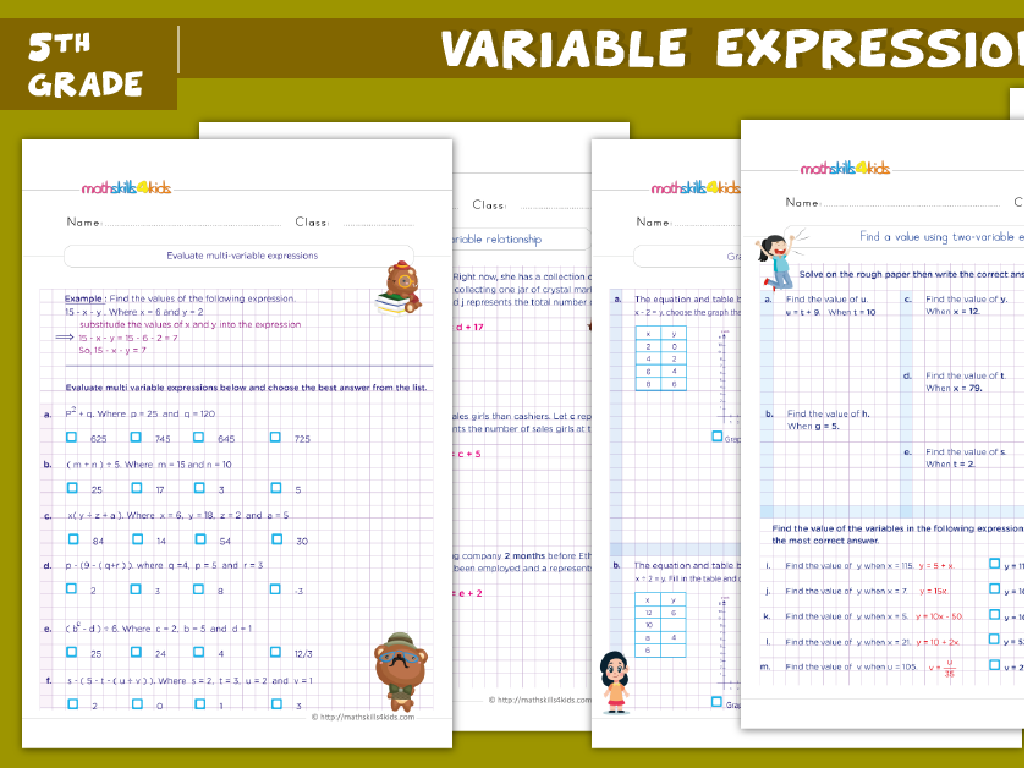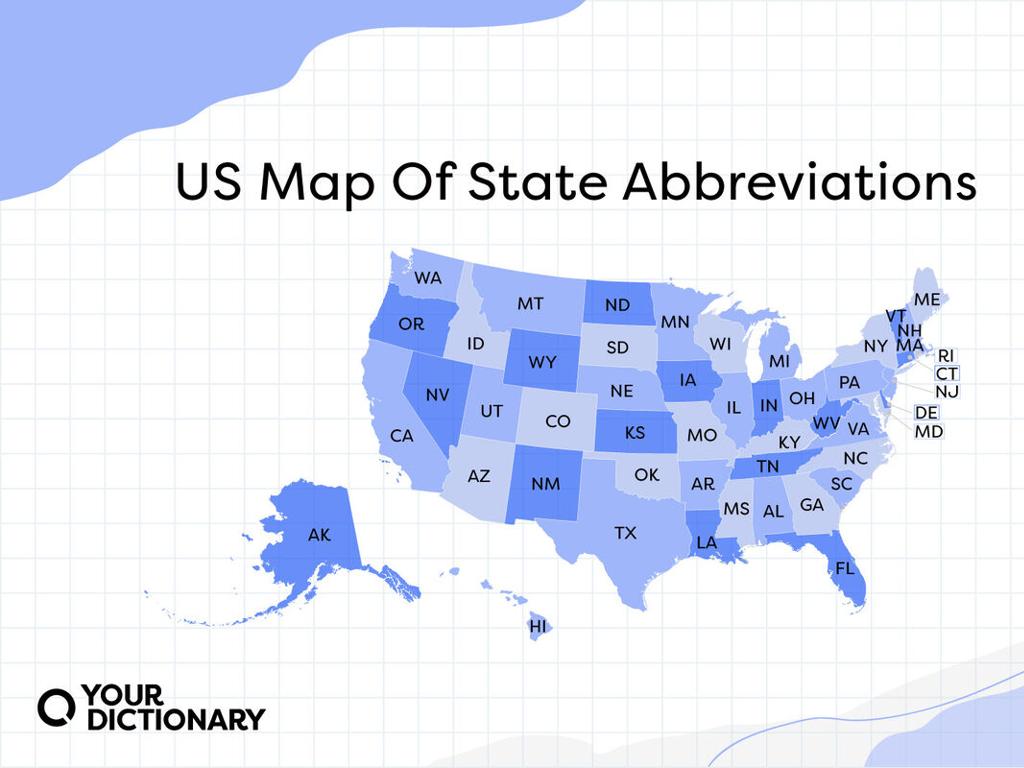Subtract By Counting On - Up To 20
Subject: Math
Grade: First grade
Topic: Subtraction Strategies Up To 20
Summary: This first grade math presentation introduces subtraction up to 20 with engaging strategies like counting on and using number lines. Students learn how to solve subtraction problems by starting from the smaller number and counting up to the larger number, making subtraction more intuitive. Through interactive stories, partner activities, and scavenger hunts, learners build confidence finding differences without just taking away, reinforcing number sense and strengthening foundational subtraction skills.
Please LOG IN to download the presentation. Access is available to registered users only.
View More Content
Welcome to Subtraction!
– Subtraction means taking away
– Imagine cookies being eaten
– If you have 5 cookies and eat 2, how many are left?
– Learn to subtract up to 20
– Count on to find the answer
– If we start at 2 and count up to 5, we can find out how many were eaten
|
This slide introduces the concept of subtraction to first graders by relating it to a tangible example such as cookies being eaten, which they can easily visualize and understand. Emphasize that subtraction is simply finding out how many items are left after some are taken away. Demonstrate how to subtract by counting on from the smaller number up to the larger number, using numbers up to 20. This method helps students to visually and mentally see the subtraction process. Practice with different examples and use physical objects like counters or fingers to help them grasp the concept.
Understanding Subtraction
– Subtraction means taking away
– Find out how many are left
– Imagine 10 apples, give 2 away
– Start with 10 apples, if 2 are given to a friend, count the remaining.
– How many apples are left?
– Counting the apples left gives us the answer.
|
This slide introduces the basic concept of subtraction to first graders. Subtraction is explained as the process of taking away from a total amount. Use tangible examples like apples to illustrate the concept, as this is relatable and easily visualized by young students. Encourage the students to use their fingers or objects to physically take away and count what is left to find the answer. This hands-on approach helps solidify the understanding of subtraction as ‘taking away’ and counting to find the remaining number. The example of starting with 10 apples and giving away 2 is simple and clear, making it an effective way to demonstrate subtraction within 20.
Subtraction by Counting Backwards
– Use a number line for subtraction
– Start at 10, subtract 2, land on 8
– Starting at 10, count back 2 steps: 10, 9, 8
– Jump back 2 spaces to find the answer
– Each jump back is 1 less
– Practice subtraction with a number line
– Let’s try more examples together!
|
This slide introduces the concept of subtraction by counting backwards using a number line, which is a visual and effective strategy for first graders. Begin by explaining how a number line can be a helpful tool for understanding subtraction. Demonstrate with an example: if we start at 10 on the number line and need to subtract 2, we make two jumps backwards to land on 8. Emphasize that each jump back represents taking away one unit. Encourage students to practice this technique by trying several examples together in class. Provide guidance and support as they use the number line to visually see the subtraction process.
Counting On: A Subtraction Strategy
– Counting on vs. counting back
– Start from the smaller number
– If we have 5 apples and eat 3, start counting from 3…4, 5!
– Count up to the larger number
– How many counts to reach 5 from 3? It’s 2 counts!
– Practice with examples
|
This slide introduces the concept of ‘counting on,’ a subtraction strategy that can be easier for first graders than counting back. Explain that instead of taking away, we can count up from the smaller number to the larger number to find the difference. Use simple examples like subtracting smaller numbers from 5 to illustrate this concept. During practice, encourage students to use their fingers or objects to count on. For instance, if the problem is 5 – 3, they should start from 3 and count 4, 5 to find that they’ve counted on 2 numbers, so 5 – 3 = 2. Provide several examples and allow students to work in pairs or groups to practice this strategy with different numbers up to 20.
Let’s Subtract Together!
– Example: 15 – 7
– Subtract by finding the difference between two numbers
– Start at 7, count up to 15
– Counting forward from the smaller number to the larger number
– Use fingers or objects to help
– Visual aids can make counting tangible
– The last number is what’s left
– Understanding subtraction as determining the remainder
|
This slide introduces the concept of ‘counting on’ as a subtraction strategy for numbers up to 20. Start with the example 15 – 7, and demonstrate how to count from 7 to 15 using fingers or classroom objects. Emphasize that the number they stop at is the amount left after subtraction. Encourage students to practice with different numbers and use physical objects to reinforce the concept. This method helps students visualize the subtraction process and understand that subtraction is finding out how many are left after taking some away.
Subtracting with Stories: Crayons Adventure
– Start with 12 crayons
– 5 crayons roll away
– Count from 5 to 12
– After 5 roll away, count 6, 7, 8, 9, 10, 11, 12 to find out how many are left.
– Stories make subtraction fun
– Imagine subtraction as a story to see how numbers change.
|
This slide introduces the concept of subtraction by counting on through a relatable story about crayons. It’s designed to help first graders visualize the subtraction process. Start by presenting the scenario where a child has 12 crayons, and 5 roll away. Explain that instead of taking away, we can count up from the smaller number (5) until we reach the larger number (12). This method helps students understand subtraction as ‘how many more’ to get from the smaller to the larger number. Encourage students to use their fingers or objects to count on. Reinforce the concept by asking students to come up with their own stories where items are taken away, and they have to count on to find the remaining amount.
Practice Time: Subtraction by Counting On
– Try subtraction problems yourself
– Remember to count on to subtract
– Count up from the smaller number to the larger number to find the difference
– Work with a partner on problems
– Use objects to visualize subtraction
– Use counters, fingers, or drawings to see the subtraction
|
This slide is designed to engage students in hands-on practice with subtraction by counting on. Encourage students to work in pairs to solve subtraction problems, which promotes collaborative learning. Provide them with physical objects such as counters, blocks, or even drawings to help them visualize the process of counting on. For example, if the problem is 15 – 7, they should start at 7 and count up to 15 to find the difference. This activity will help reinforce their understanding of subtraction as a process of finding out ‘how many are left’ or ‘how many more’ rather than just taking away. Offer a variety of problems and ensure that each student has a chance to demonstrate their understanding.
Class Activity: Subtraction Scavenger Hunt
– Find objects around the classroom
– Count the items you’ve collected
– Use ‘counting on’ to subtract
– If you have 5 pencils and give away 2, start from 2 and count up to 5.
– Share and explain your subtraction
|
This interactive activity is designed to help first graders practice subtraction by counting on, in a fun and engaging way. Students will search the classroom for items they can use for subtraction. They should count the total number of items they have before subtracting. Encourage them to use the ‘counting on’ method, which involves starting from the smaller number and counting up to the larger number to find the difference. After the activity, each student will have the opportunity to present their findings and explain the process they used to subtract. Possible variations of the activity could include subtracting different types of items, using number cards, or pairing students to subtract their findings from each other’s.
Review and Goodbye!
– Reviewed subtraction by counting on
– Subtraction finds the remaining number
– Like if you have 10 apples and give away 3, you count 7 left.
– Praised students for their hard work
– Encourage practice at home
– Try with toys or snacks to make it fun!
|
This slide wraps up the lesson by reviewing the key concept of subtraction by counting on. It’s important to reinforce that subtraction is used to determine how many items are left after some are taken away. Acknowledge the students’ efforts during the lesson and encourage them to continue practicing at home, possibly with everyday items to make the learning experience more tangible and enjoyable. Suggest that parents or guardians assist with this practice to further solidify their understanding.





